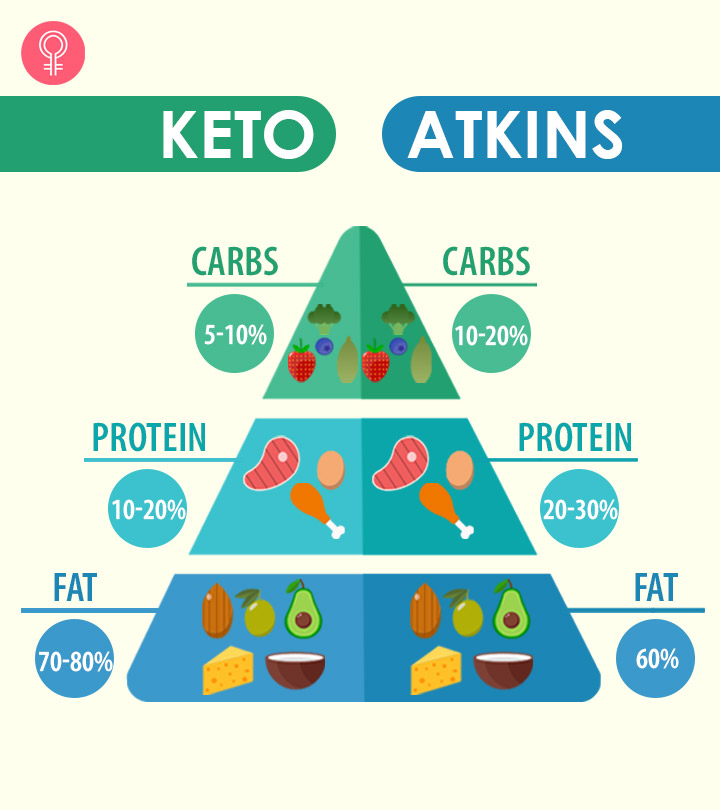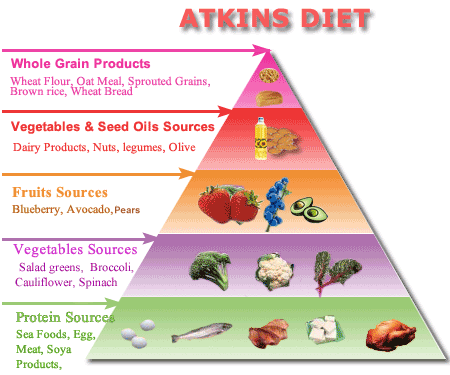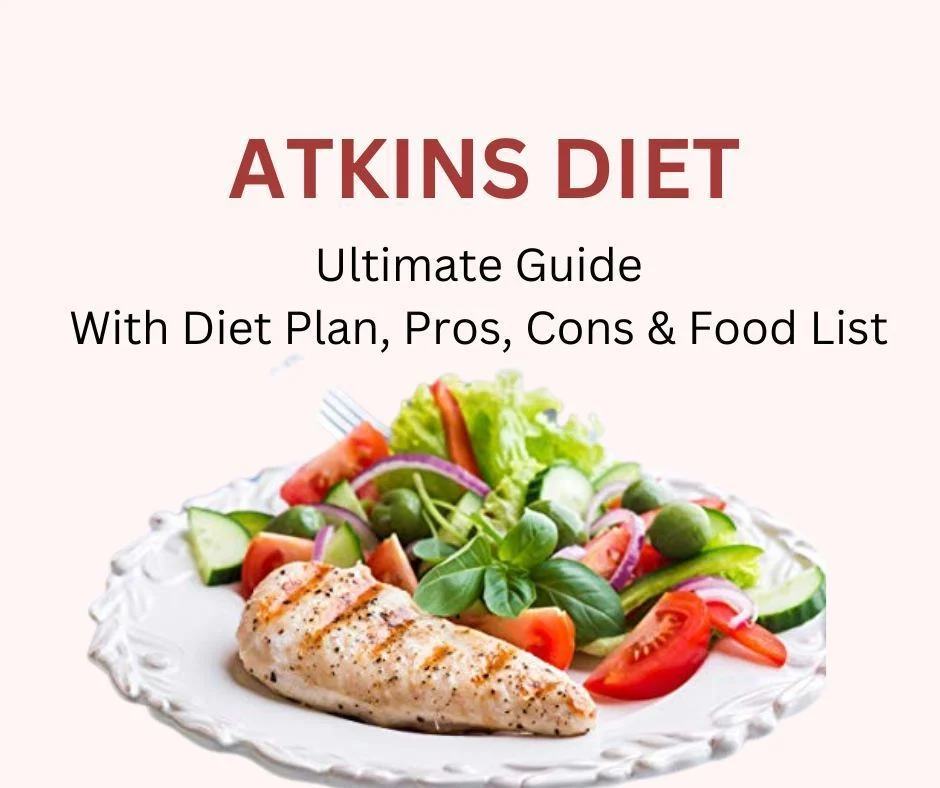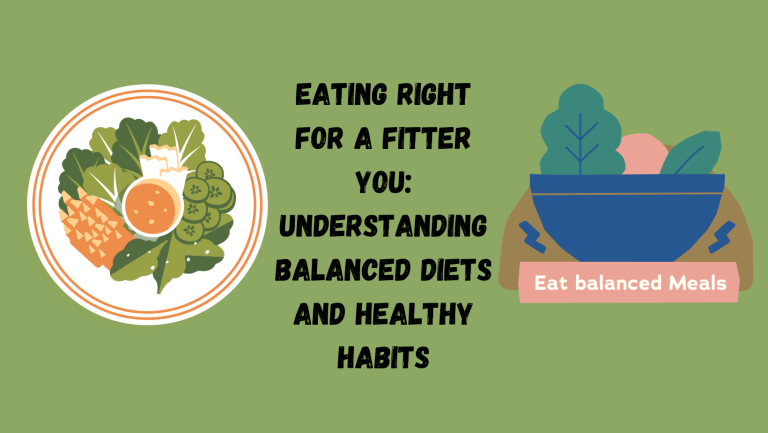If you want to lose weight and are looking for a weight loss diet that fits your needs, you may be interested in learning about the Atkins diet, a weight loss regimen created more than four decades ago by Dr. Robert Atkins.
The Atkins diet is based on reducing the carbohydrates we consume while allowing us to eat fats and proteins. Specifically, in this diet fats make up 40 or 45%, proteins another 40% and carbohydrates the remaining 20%. In this way, the body is forced to use stored fat as a source of energy, which results in weight loss.
The Four Phases of the Atkins diet
This regime is divided into four phases. In all of them you have to eat five meals a day, three heavier and two lighter.
Phase 1
The first phase of this diet is the most restrictive and in which the most weight is lost. In principle it lasts 14 days although its duration can be increased by one more week. During this phase you can eat low-carbohydrate vegetables such as lettuce, cucumber or celery. You can also eat healthy fats and proteins such as meat, fish, eggs, cheese and soy products. As for drinks, you can drink water (at least 8 glasses a day), infusions and decaffeinated coffee.
Phase 2
In phase 2, carbohydrate consumption increases slightly (5%). Nuts, dairy products, lentils and seeds must be added to the foods that could be consumed during the first weeks

Reducing processed foods, added sugars and refined carbohydrates is a key component of the Atkins Diet. Whole, unprocessed foods including meats, fish, eggs, nuts, and vegetables low in carbohydrates are encouraged to be consumed.
Phase 3
In the third phase, carbohydrate consumption increases by 10% and more fruits and vegetables, legumes, milk and butter are introduced into the menu.
Phase 4
The fourth and final phase of this diet is maintenance and is the longest of all so that the eating habits acquired in the previous phases are maintained forever.
What can and cannot be eaten on the Atkins diet?
Although the foods that can be consumed and those that are prohibited vary throughout the different phases of the regime, there are some that are allowed during all stages such as eggs, seafood, fish, poultry and meat. The consumption of oil and cheese is also allowed.
Is Atkins diet safe?
Your health is always the star here! Atkins might not fit everyone the same way, and that’s okay. Mind your nutrients, and chat with a pro before starting.
- A significant intake of lipids causes an increase in blood cholesterol, which can lead to cardiovascular problems, including heart attack.
- There is evidence that a diet rich in protein and saturated fat is associated with an increased risk of certain types of cancer.
- It also produces an increase in uric acid.
- The absence of carbohydrates causes fatigue, muscle weakness, nausea, etc.
- Weight loss is directly related to loss of muscle mass.
- The absence of fiber causes constipation and, therefore, the accumulation of metabolic waste.
- The elimination of fruits, cereals and other foods leads to a lack of essential nutrients for the body, such as vitamins and minerals.
In addition to all this, another problem with the Atkins diet is that, like all miracle diets, it prevents the re-education of the patient regarding eating habits, in such a way that, once the weight loss goals have been met, When you regain normal nutrition, the so-called yo-yo effect occurs and the weight is regained quickly.
A certified dietitian or healthcare professional should always be consulted before beginning any low-carb diet, including the Atkins Diet, especially if you have any underlying medical disorders or concerns. They may offer you advice on how to adhere to the diet safely and successfully as well as assist you in deciding if it’s a good solution for your particular circumstances.
Keto vs. Atkins: Similarities and Differences
The Keto Diet is Atkins’ cousin, but which one’s better for you? It all boils down to your goals and what suits your vibe. A chat with the pros is like having your own superhero squad guiding you!

Ketogenic Diet (Keto):
- Carb Restriction: The ketogenic diet involves very little carbohydrates; typically, 20 to 50 grams of net carbs per day are allowed. The body enters a condition of ketosis as a result of this restriction, where it mostly burns fat for energy.
- Fat Emphasis: Nuts, seeds, avocados, and olive oil are rich sources of healthy fats that are part of the ketogenic diet. About 70–75% of daily calories may come from fat intake.
- Moderate Protein: Approximately 15-20% of daily calories are allocated to protein on the ketogenic diet.
- Particular Macros: The ketogenic diet emphasizes particular ratios of macronutrients, with the main goal being a very low intake of carbohydrates.
Atkins Diet:
- Phases: There are four stages of the Atkins diet: Pre-maintenance, Induction, Balancing, and Maintenance. It makes it possible to reintroduce carbohydrates gradually.
- Carb Progression: The Atkins diet, in contrast to the ketogenic diet, starts with an extremely low-carb phase (Induction) and progressively raises your consumption of carbohydrates as you move through the phases.
- Variability: The macronutrient ratios of the Atkins diet are more flexible, allowing you to consume different amounts of carbohydrates depending on which phase you’re in.
Which diet to choose—Keto or Atkins—depends on your objectives. The keto diet might be a good fit for you if you’re searching for a more regimented, stringent, and quick way to lose weight and can handle its extremely low carbohydrate content. But the Atkins diet might work better for you if you’d prefer a more adaptable strategy with stages that progressively reintroduce carbohydrates.
Is keto or Atkins better?
Surely the principles of Atkins diet remind you of Keto diet and both regimes coincide in reducing carbohydrate consumption. However, while the Keto diet advocates consuming healthy fats, Dr. Atkins’ diet encourages protein consumption. Another of the fundamental differences between keto and atkins lies in the fact that the first avoids processed foods while the second does accept them.
Advantages of Atkins for Diabetes:
- Better Blood Sugar Control: Several type 2 diabetics have stated that adhering to an Atkins-style low-carb diet improves their blood sugar regulation. Lowering carbohydrate intake may lessen blood sugar increases that occur after meals.
- Weight management: For those with type 2 diabetes, losing weight is a typical aim, and the Atkins diet is useful in achieving this. Glycemic management and insulin sensitivity can both be enhanced by weight loss.
- Decreased Medication Needs: Some people with type 2 diabetes may need less medication when they follow a low-carb diet since they will lose weight and have better blood sugar control.
Disadvantages and Considerations:
- Individual Reactions Vary: The effects of a low-carb diet will vary amongst diabetics. While some people may not notice any noticeable changes or may find it difficult to follow the diet, others may see notable improvements in their ability to control their blood sugar.
- Consultation with Healthcare professionals: It’s important for people with diabetes to speak with a healthcare professional or qualified dietitian before to beginning any diet, including the Atkins diet. They can track your development and offer tailored advice based on your unique health requirements.
- Long-Term Sustainability: Some people find it difficult to stick to an extremely low-carb diet, such as the Atkins diet, for an extended period of time. Having a strategy in place for switching to a sustainable, well-balanced eating habit when your objectives are met is crucial.
7 Day Atkins Diet Plan for weight Loss
You’ll love this! Here’s a seven-day meal plan—breakfast, lunch, dinner, and some snacky-snacks—for each phase. Mix it up, add your twist, and feel the magic!

Day 1: Induction Phase
- Breakfast consists of butter-cooked scrambled eggs with bacon and spinach.
- Lunch consists of grilled chicken breast served over mixed greens dressed with olive oil.
- Snack: Cream cheese-topped celery sticks.
- Dinner is baked salmon served with a side salad and steaming vegetables.
Day 2: Induction Phase
- Breakfast is an omelet topped with cheese, onions, and bell peppers.
- Lunch consists of avocado salad and turkey with ranch dressing.
- Almonds or walnuts make a snack.
- Dinner is asparagus and grilled shrimp with a side salad.
Day 3: Induction Phase
- Breakfast consists of full-fat Greek yogurt topped with chopped almonds and strawberries.
- Lunch is a chicken breast filled with spinach and feta.
- Cucumber slices with tzatziki sauce for a snack.
- Dinner is roasted Brussels sprouts with a side salad and pork chops.
Day 4: Balancing Phase
- Breakfast consists of spinach, mushrooms, and cheese on an omelet.
- Lunch is a stir-fried beef dish with bell peppers, broccoli, and a low-carb sauce.
- Cheese sticks or cottage cheese make a snack.
- The supper consists of baked cod, sautéed zucchini, and a green salad.
Day 5: Balancing Phase
- Breakfast consists of a smoothie with protein powder, a few berries, and unsweetened almond milk.
- Lunch is lettuce wraps with turkey avocado and mayonnaise.
- Bell pepper slices with guacamole for a snack.
- Dinner is roasted cauliflower, grilled steak, and a side salad.
Day 6: Pre-Maintenance Phase
- Breakfast consists of sliced peaches and cottage cheese drizzled with honey.
- Lunch is mixed greens and tuna salad.
- Mixed nuts or seeds for a snack.
- Dinner is baked chicken thighs served with a side salad and sautéed spinach.
Day 7 : Pre-Maintenance Phase
- Cream cheese and smoked salmon over scrambled eggs for breakfast.
- Lunch is pork tenderloin packed with spinach and feta.
- Cherry tomatoes with mozzarella cheese for a snack.
- The supper is grilled lamb chops served with a side salad and roasted asparagus.
Finally
Although the Atkins diet can be positive for correcting certain problems such as obesity without causing a rebound effect, the decision to start following it should not be taken lightly and, if possible, should be made by a nutritionist after analyzing the secondary problems. what it can cause if the patient is susceptible to them.










